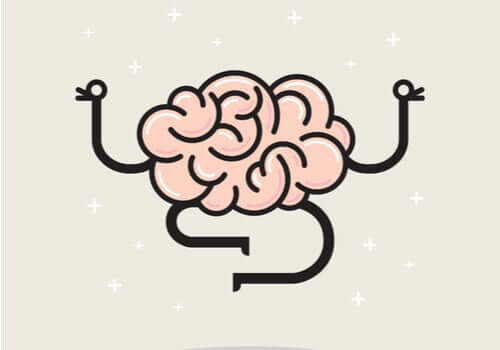The brain is the organ responsible for the treatment of pain, the integration of information that enters nerve endings and the interpretation of these signals, however, it is interesting to note that the brain does not feel pain.
Pain is a vital sign that warns of injury or damage in our body and triggers natural mechanisms to remedy the situation, for this we rely on a series of nerve endings that capture this signal.
- These endings are called nociceptors and are responsible for receiving sensory information from the outside and inside of our body.
- Are located at the end of the axons of sensory neurons and in a few tenths of a second are able to transmit information about mechanics.
- Thermal or chemical injuries to the brain and nervous system.
Paradoxically, there are no nociceptors in the brain, so you don’t feel pain. This has many benefits for survival; today, for example, neurosurgens can perform brain surgery using only local anesthesia.
Thus, the patient can stay awake and, during the procedure, you can be sure that other areas are not damaged and that everything is going well.
So, even if we may think that the brain is hurting or that it’s going to explode, when we feel a headache, what’s really affected are the nerve tissues, the meninges, the blood vessels and the muscles that surround the brain.
These elements, which depend on the nociceptors, can become inflamed, damaged or dilated, sending a signal to the brain that something is wrong and causing widespread headache.
In some cases, such as brain tumors or brain hemorrhages, where there is actually pain, it does not come directly from the brain, but from the pressure exerted on the surrounding blood vessels.
Headaches are usually not severe and are caused by tension headaches, migraines, sinusitis or inflammation of the neck. The head can also be injured by a cold, flu, or other viral diseases that cause changes in blood supply or inflammation.
However, there are other more serious problems that can cause pain, some of them are:
As the brain does not feel pain, the main sign of damage to this organ is the headache, but as we have indicated above, not all headaches indicate anything serious.
It’s important to know when the pain may be due to really serious causes and when to see a doctor. A service is required if:
In conclusion, when we feel a headache, what hurts are the tissues, vessels and muscles that surround the brain, because the brain, although it is responsible for treating the pain, is unable to feel it.
For example, if your headache occurs atypically, it’s critical to consult a specialist to see if it reflects a significant injury to tissues or inside the brain.

